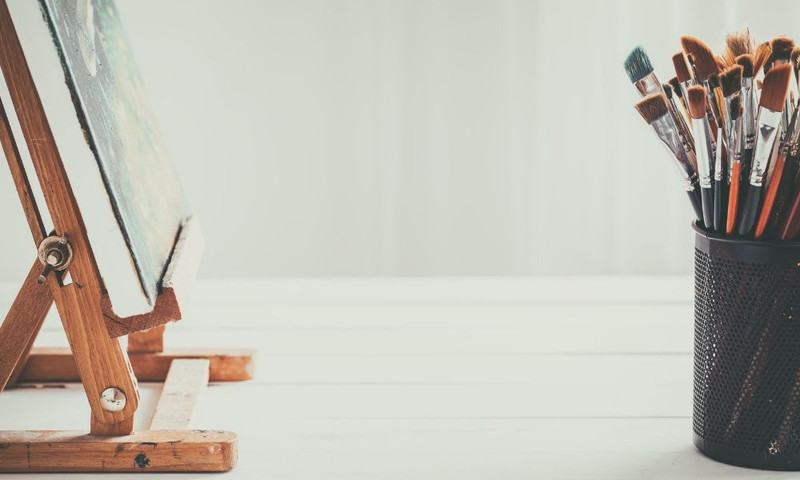Though technology has increased in popularity, art is just as fashionable as ever. In fact, 47% of Americans stated in a 2018 survey that they partake in some sort of artistic activity. We highly encourage expression through art, but we also can’t discount the importance of proper safety practices. If artists aren’t cognizant of how to deal with their paint, they may face long-term health risks. Art doesn't have to be dangerous! In addition to seeking out safer products and methods such as those offered here at Earth Pigments, we encourage using all products in a safe manner. Look over our list of tips to make sure that you’re following the recommended protocols for working with paints.
1. Proper Ventilation
One of the most important things you can do is make sure that you’re in an area that’s properly ventilated. If the weather is nice enough, painting outside is an excellent option. If you’re working inside of a studio, open windows whenever possible. You can also purchase air filters and purifiers. Proper ventilation is essential for warding off toxic pollutants.
2. Keep Food Out
Don’t bring food into your studio, as it would be in close proximity to harmful chemicals. We understand that hydration is essential, but any cups inside the studio should have lids.
3. Keep Painting Clothes in the Studio
Don’t just paint in whatever clothes you happen to be wearing—it’s best that you have a designated painting outfit or protective clothing. Change inside your studio, if possible. Additionally, be sure to not wash painting clothes or rags with the rest of your laundry.
4. Use Proper Storage
Make sure that you’re choosing the proper storage methods for your supplies. Everything you use should be in sealed containers. Keep dry pigments in jars with lids, and ensure all solvents and materials have clear labels. Other items that you should keep in containers include sponges, brushes, and pallets.
5. Take Care with Pastels
Inhaling pastel dust can be dangerous, so handle these tools with caution. We recommend wearing latex gloves when painting with pastels. When you’re done, properly clean your work area. For clean up of materials, use damp cloths to control dust while cleaning. Spray bottles with mild, non toxic cleaning solution can be helpful. A nuisance dust mask is recommended if creating any airborne dust.
6. Use Safe Products
We’ve yet to find a solution that makes all art paints 100% safe, but there are certainly options available that are not as dangerous as others. Turpentine can present serious health risks when used often. Many oil paint Artists have found that Walnut Oil is an alternative oil medium that requires no solvent. Know your art materials. Read labels and be informed about the safest way to deal with the paints that express your Artistic License!

